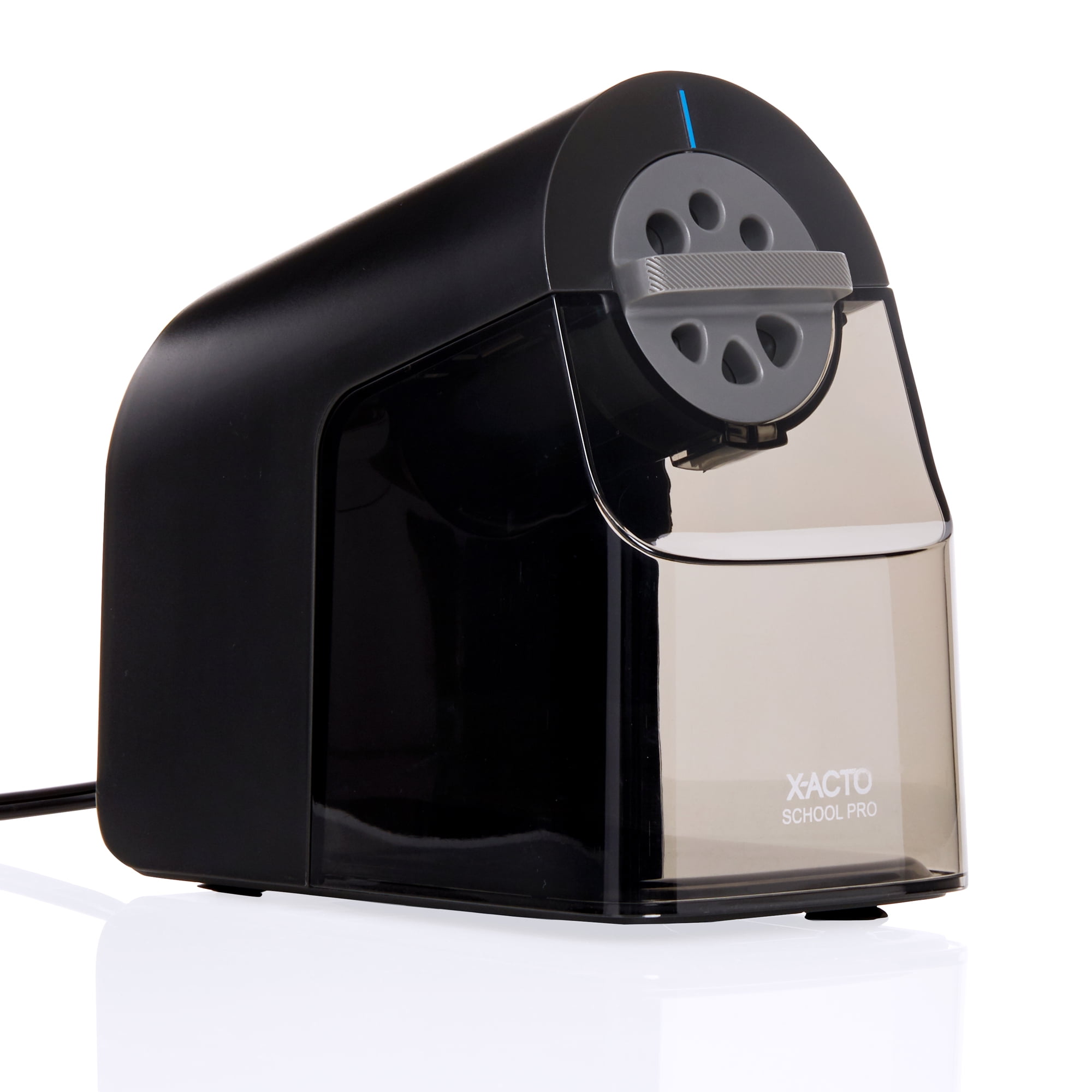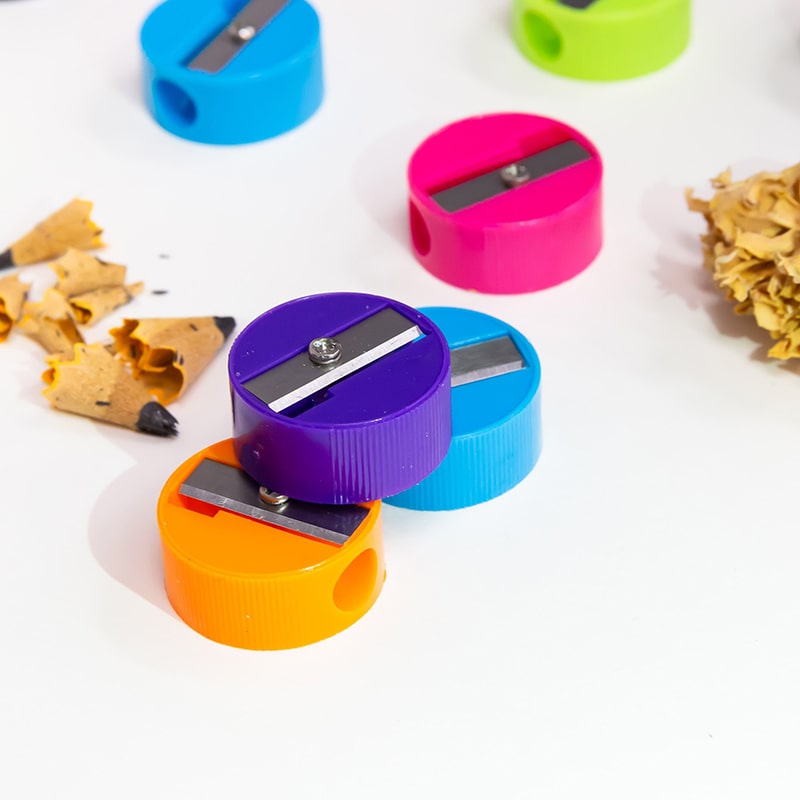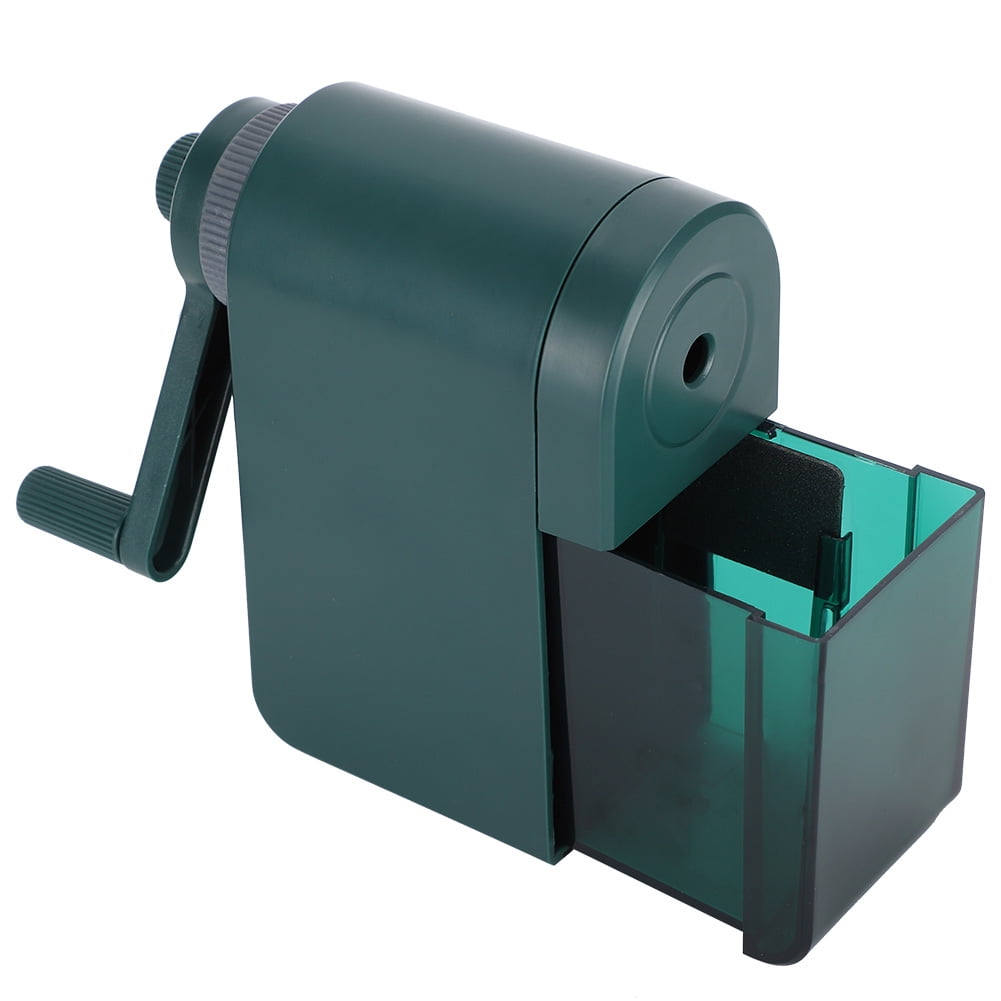
It sharpens pencils to stubby tips and is therefore suitable for use with pastel pencils, which have soft leads. This quality plastic sharpener has a single hole that fits 7 mm diameter pencils. Koh-I-Noor Single Sharpener For Round Tips for 7 mm diameter pencils They therefore have to be sharpened to a slightly wider angle (i.e. This sharpener is designed for use with Stabilo Carbothello Pastel Pencils, which have softer leads than regular graphite pencils and cannot hold as fine a point. Stabilo Carbothello Pastel Pencil Sharpener This double-hole sharpener is suitable for use with 7 mm and 9 mm pencils. KUM Double Plastic Sharpener for 7 mm and 9 mm diameter pencils Like many of the plastic pencil sharpeners we sell, the colour of the item might vary. This sharpener is small, economical and portable. KUM Single Plastic Sharpener for 7 mm diameter pencils This KUM Double Metal Sharpener pencil sharpener is made of metal and has two steel blades. It is small, tough and portable, though it will only sharpen standard diameter (e.g. This is the simplest and cheapest pencil sharpener we sell. (note: the round Faber-Castell UFO sharpener is no longer available.) They range from large plastic models for use with Jumbo pencils, to sharpeners for pastel pencils, which have softer leads that cannot hold a fine point. The sharp ridges grind against the pencil, shaving away the wood and sharpening the lead to a fine point.

This cylinder is mounted on a cog, which causes it to rotate as it circles the pencil.
#Pencil sharpener series
Instead of a blade, they have a cylinder which bears a spiralling series of sharp ridges along its length. With a helical sharpener, it’s the cutting apparatus that revolves, not the pencil the pencil remains stationary, clamped in place.


Helical sharpeners are slightly more complicated than blade sharpeners. As the pencil rotates, the blade pares away the wooden casing of the pencil and sharpens the lead. The pressure forces the end of the pencil into contact with the blade, which remains stationary. You simply push the end of the pencil into a conical chamber and twist. These are the pencil sharpeners we all used at school. Leaving aside for the moment sandpaper, sharpening blocks and knives, which are used to sharpen charcoals, graphite sticks and the like, there are two main types of pencil sharpener: Blade Sharpeners and Helical Sharpeners.īlade sharpeners are the more familiar of the two.


 0 kommentar(er)
0 kommentar(er)
